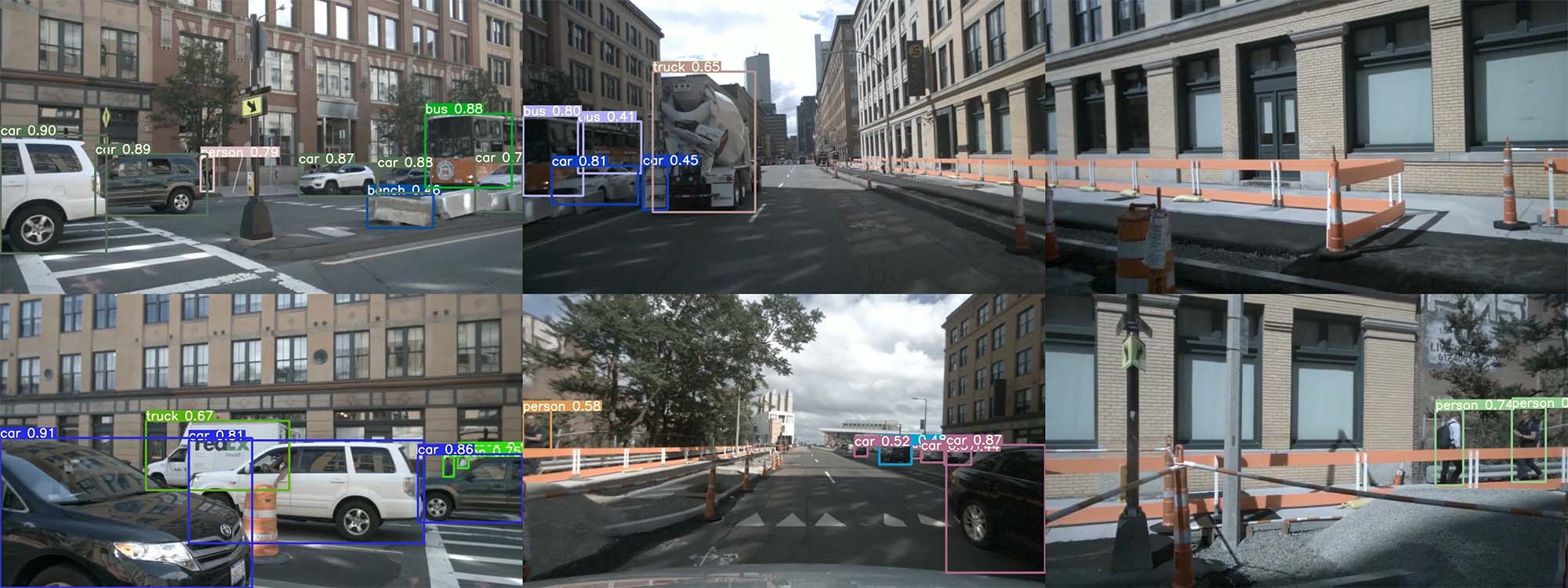Location: Nomas* Projects, 9a Ward Road, Dundee, DD1 1LP
Exhibition Dates: 12-30 November 2020, 24hrs
In collaboration with NEoN Digital Arts and Nomas in central Dundee we are hosted an exhibition featuring five commissioned artworks that suggest connections and commonalities between sharing and indeterminacy. We casually use the word ‘share’ to describe distributing images, stories and info across social media networks. Sharing suggests ownership, and yet inclusivity, generosity, accessibility, and holding in common. ‘Indeterminacy’ designates the interplay of design and chance, system and impulse, repeatability and is a vibrant dynamic of change. From an international open call for early career media artists, we invited four artists and one artist duo to develop new works to be showcased in the window spaces of Nomas.
The panelists and curators held a virtual panel discussion on the 19th of November, 2020.
Work Statements
Going Viral
2020, Neural network generated video and web application
Derek Curry & Jennifer Gradecki, USA
http://www.goingviral.art
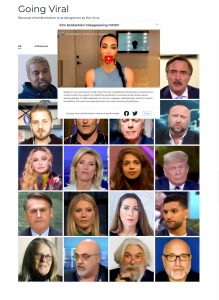 “Going Viral is an interactive web project that allows viewers to share algorithmically generated informational videos about COVID-19 that feature social media influencers and celebrities that have spread misinformation about the virus, including its origins, treatments, and preventions. The generated influencers deliver public service announcements or present news stories that counter the misinformation they have spread. The videos were created using open source conditional generative adversarial networks (cGANs) that were trained on images of influencers and their facial features. The video was then generated using the facial landmarks of a new speaker, resulting in a glitchy, indeterminate celebrity speaking the words of an expert. The Going Viral website describes the false claims made by each influencer and links to official sources of information regarding the virus. Viewers are invited to share the videos on social media to help intervene in the current infodemic that has developed alongside the coronavirus.”
“Going Viral is an interactive web project that allows viewers to share algorithmically generated informational videos about COVID-19 that feature social media influencers and celebrities that have spread misinformation about the virus, including its origins, treatments, and preventions. The generated influencers deliver public service announcements or present news stories that counter the misinformation they have spread. The videos were created using open source conditional generative adversarial networks (cGANs) that were trained on images of influencers and their facial features. The video was then generated using the facial landmarks of a new speaker, resulting in a glitchy, indeterminate celebrity speaking the words of an expert. The Going Viral website describes the false claims made by each influencer and links to official sources of information regarding the virus. Viewers are invited to share the videos on social media to help intervene in the current infodemic that has developed alongside the coronavirus.”
Jennifer Gradecki is an artist-theorist whose work facilitates a practice-based understanding of socio-technical systems that evade public scrutiny. Her investigations have focused on Institutional Review Boards, financial instruments, technologies of mass surveillance, and artificial intelligence. Derek Curry is an artist-researcher whose work addresses spaces for intervention in automated decision-making systems. Recent work has addressed automated decision-making processes used by automated stock trading systems and Open Source Intelligence (OSINT).
Study for Sponge Project
2020, video assemblage Youtube ASMR videos
Dina Kelberman, USA
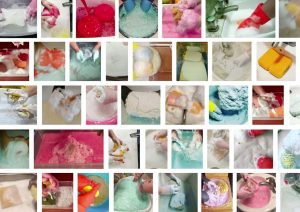
“An in-progress large-scale appropriation/ assemblage piece in which thousands of ASMR (Autonomous Sensory Meridian Response) sponge videos are collected from hundreds of Instagram accounts and arranged to form a smooth and unsettling transition from soothing to violent. Despite all being produced for the same purpose (to trigger a pleasant tingling sensation in those with ASMR sensitivity), the often unconsidered aesthetics of each video push each towards one or another end of the soothing/violent spectrum. When amassed together these videos heighten each other to create an overwhelming sensation of peacefulness or aggression. In this project, I approach data-mapping as a way to create and evoke an emotional response in addition to simple representation.”
Dina Kelberman is a multi-media artist based in Los Angeles, CA. Much of her work comes out of a tendency to meticulously collect and organise imagery from the commonplace surroundings of everyday life. In 2018 she was invited to speak at the UbuWeb conference in Athens and the Post-Photography Prototyping Biennial in London. She is currently ranked 5th in the world for Most Lines in Tetris for the Nintendo Entertainment System.
Future False Positive
2020, AI generated, single-channel video loop
Martin Disley, Scotland
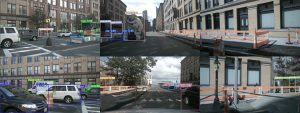
“There are three modalities in which artificial intelligence (A.I) operates: pattern extraction (training), pattern recognition (classification), and pattern generation (prediction). Future False Positive probes what happens when the loop between pattern recognition and pattern generation modalities is closed. Using a dataset of autonomous vehicle training clips as source material, the artist trained six generative neural networks, one on each camera angle, to predict what happens after each training clip ends (pattern generation). Throughout the videos, an object detection and classification algorithm (pattern recognition) surveil both the present and ‘the future’ for objects deemed relevant to an autonomous vehicle such as pedestrians and other cars.
After the final frame of the original clip, the generative frames begin. Even as all predicted ‘futures’ melt into the same reconfigured pixel data, the object detection algorithm continues to classify with confidence. In the vision presented here, of a ‘future’ generated by A.I, all roads lead to a recycled past that is legible to the pattern recognition algorithm. An A.I can’t generate a pattern it hasn’t already seen, so nothing truly new can be created, and in this vision, we’re left bereft of a real future.”
Martin Disley is an artist and technology researcher based in Edinburgh, Scotland. His work develops out of a practice of counterfoil research into advanced technologies, with a current focus on machine vision technology. He was previously artist-in-residence at the National Library of Scotland where his work sought to re-establish a critique of cartography as a technology, exposing its potential to advance both truth and lies, by training neural networks to produce convincing fake maps in styles of the libraries collections.
DriNing (Greater London, randomized)
2020, Videos from Google Street View scraping algorithm
Enorê, Brazil/UK
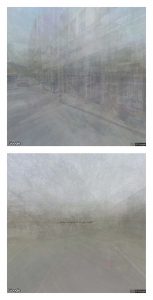
“DriNing (greater London, randomised) is a web-based artwork that draws from the Google Street View API to create a bot that wanders through its database, registering in short videos the different paths it goes through; and each path is completely randomized within the boundaries of Greater London. The project is inspired by the ideas of agency and automation — what would happen if, instead of me and my own body, I entrusted a piece of code to travel through distances I could possibly not achieve? The presence of the error message and the ghostly, somewhat delicate nature of these images, both allude to and contrast against their fabrication method; and eventual inaccuracies in the calculation of routes give it a surprisingly pleasant sense of driM in movement.”
Enorê is an interdisciplinary artist from Rio de Janeiro, Brazil, currently based in London, where they’ve recently completed their MFA in Fine Arts at Goldsmiths. In their work they think about what it means when subjectivity is replicated, dispersed and diluted through digital media. They’re also particularly interested in digital technologies’ role in shaping visibilities and how this relates to the reinforcement of power structures, especially when it comes to identities that have been historically marginalised and their representations.
sequencer (not yet available)
2020, video / live-coded digital animation
Sarah Groff Hennigh-Palermo, Berlin/NYC
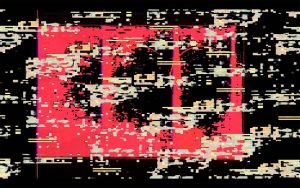
“sequencer (not yet available) is a series of three short silent works generated through a layering process that begins with animations live-coded in a homemade digital system and passes them through vintage analog and emulated video processing systems. Paired with totally-rad palettes from late–20th century California, the result is imbued with fuzz and longing — for home, the past in the present, and one another. To watch, to let go and inhabit these spaces, is to seek union with others in a space of digital promise and yearning, a space that does not seek to anticipate and categorise, but to encounter you as an individual soul.”
Sarah Groff Hennigh-Palermo is a video artist, programmer, and erstwhile data designer. Her work focuses on using the digital in a manner that can transcend its squalid and militaristic roots and reach out towards the sublime. She has created data-obscured art sites, new computer languages, and hybrid nostalgia machines, and has been known to perform at the visualist for livecode collective Codie.
Curated by Joseph DeLappe, Laura Leuzzi, Adam Lockhart, and Natasha Lushetich.
